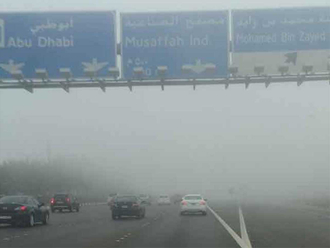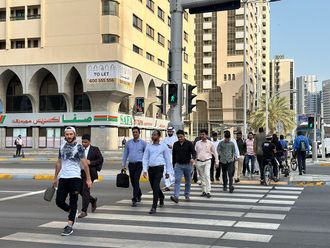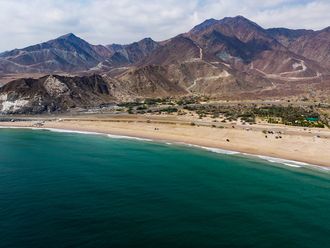Al Ain: A fast-moving surface low pressure was behind the sudden weather disturbance in the UAE and the Arabian Gulf region that triggered one of seasons' worst dust storm in some parts of the emirates, said weather forecasters.
The wind and dust severity was highest from Ghantoot, a town between Abu Dhabi and Dubai, to Ras Al Khaimah. Slightly less dusty conditions prevailed in the south-eastern parts of the country from Umm Al Zomul, a town in the south of Al Ain, up to Al Faqqa on the Al Ain-Dubai highway.
The rest of Abu Dhabi was also affected by winds and dust, but the dust radar of the National Centre of Meteorology and Seismology (NCMS) shows the conditions were not as bad as they were in the northern emirates.
A meteorologist said that the dust and sand was locally generated with the severity of winds. The dust did not travel like a cloud or a wall. Those types of sandstorms are unlikely to hit Dubai, Sharjah, Ajman Umm Al Quwain or Fujairah, he added.
The NCMS had issued a timely alert on Friday evening asking people to take precautions. Strong southern, south-easterly, and north-western winds are a common phenomenon that kick up dust and sand in the UAE. "It, however, depends on the surface impact of the winds that was bit higher since Saturday night," said Adel Hassan, a meteorologist in Al Ain.
According to the NCMS forecast for the next 24 hours, weather will be partly cloudy in general and cloudy over the northern and eastern emirates. Temperatures will tend to fall gradually. The speed of north-westerly winds will also decrease gradually.
The sea will be rough offshore with four- to six-feet high waves. It will become moderately rough by Monday night. Relative humidity is likely to increase at night and early on Tuesday morning in the internal areas with a chance of mist and fog.












